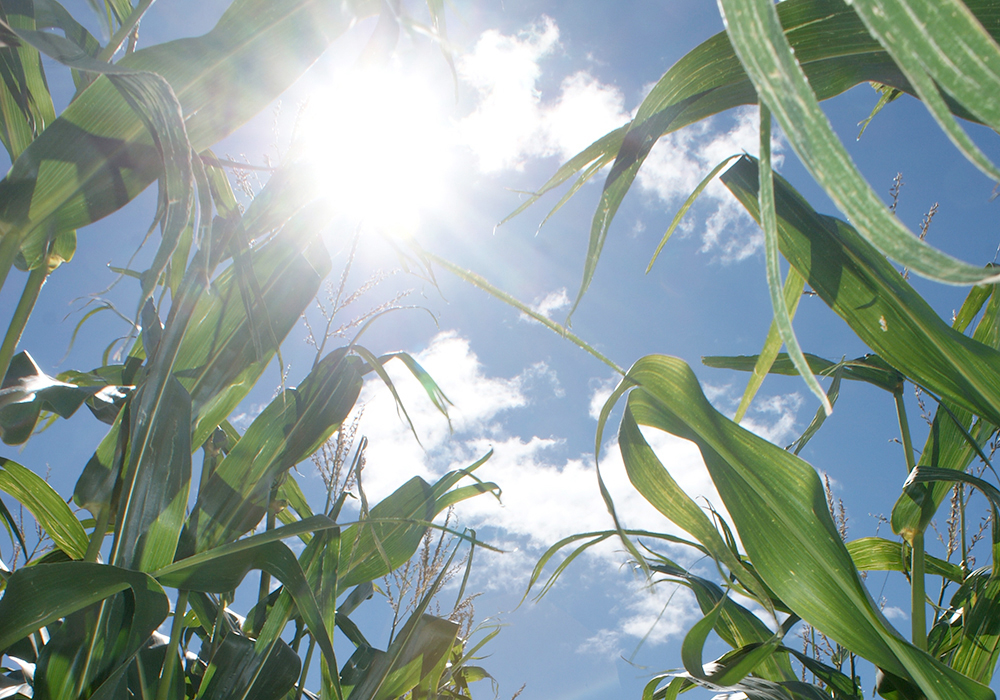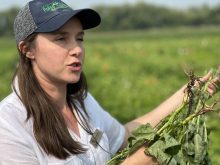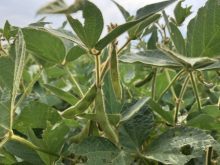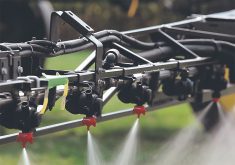ST JEAN BAPTISTE, Man. — Average precipitation and temperatures over the growing season haven’t changed.
That’s the neutral news.
But farmers should keep their eyes skyward to see if more weather bombs are beginning to fall.
“I would be most concerned about whether the extremes are changing,” said weather and climate analyst Scott Kehler of Weatherlogics in a session at St Jean Farm Days.
“What happens if these trends that we’re seeing, where 2020 is the driest year on record and 2022 is the wettest, what if that starts happening more and more?”
Read Also
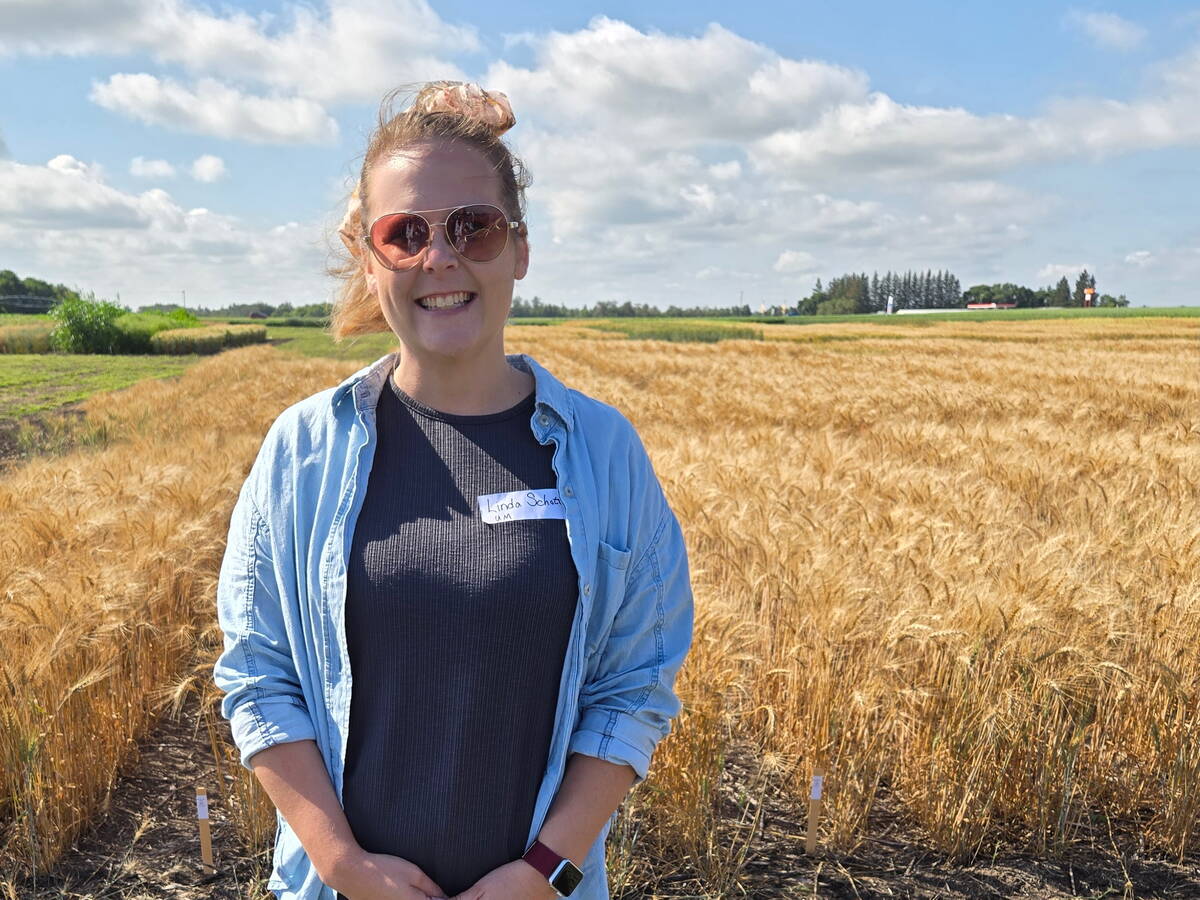
University of Manitoba hires potato researcher
A new research chair position at the University of Manitoba will tackle sustainability in the potato industry.
Agriculture is governed by weather and climate. They are the gigantic variables that cannot be controlled but are the single largest contributor to a crop’s success or failure.
Farmers keep a keen eye on weather forecasts, carefully record their own farm’s weather conditions, and take long-term predictions into account when planning crop and livestock choices.
They also have to deal with the heated rhetoric and divisive climate politics on social media when attempting to assess the risks they face when dealing with climate change and other weather-affecting issues.
Kehler said it can be hard to figure out whether extreme weather events are happening more often these days. Situations that nobody outside an area might have noticed a few years ago can now quickly go viral online.
“Extreme (as a description) is used a lot,” said Kehler.
“There are changes to the climate that may cause this, but there’s also a huge bias that people are aware of but don’t think about: any weather event that happens anywhere in the world now is captured on a phone.”
That can mean a tornado in Alberta or a heavy monsoon in India.
Perhaps surprisingly, the amount of precipitation and total heat received over the prairie growing season hasn’t changed. That’s in terms of seasonal averages that lump together all the heat units and amounts of rain.
But it might seem so to a farmer who received 130 millimetres of rain in an hour, which happened to farmers last summer, or to one whose crops shrivelled and died under intense drought stress.
In the United States, there are fewer hurricanes than the old average, but the ones that appear tend to be more severe. The same applies to tornadoes, which have declined in frequency but increased in intensity.
“It’s very tough to know,” said Kehler.
One change that does appear to be real is the warming of the Manitoba winter. Kehler said that about 30 years ago, the average January day was -13 C but today is -11 or -12 C. The winter seems slightly shorter too, he added.


